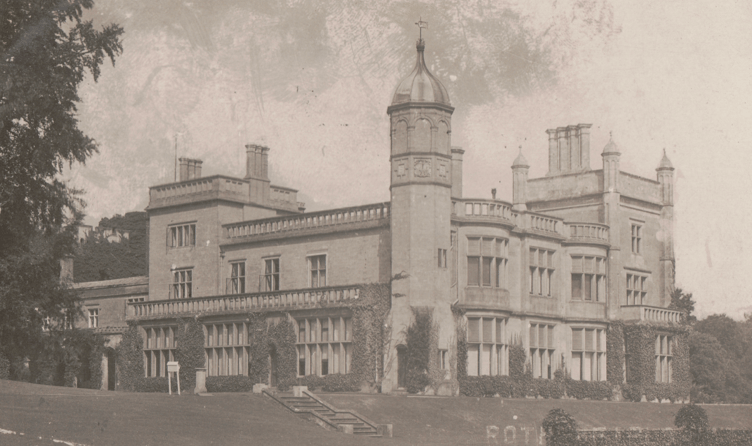Politics
Canal Dreams in Late 18th-Century Alton Spark Ambitious Plans

In April 1781, a significant proposal for canal construction emerged in the town of Alton, England. Naturalist Gilbert White reported to his niece, Molly White, about plans set forth by J Edwards, a local surveyor, to create a canal linking Chertsey to Alton. This ambitious project aimed to facilitate water travel, reducing the inconvenience of dusty road journeys.
Edwards’s vision included extending the canal to Bishop’s Sutton and beyond, aiming to connect the Wey and Itchen rivers. He argued the tunneling portion of the project would be both profitable and manageable due to the chalk in the area. Edwards’s pamphlet, titled ‘An Essay on a Proposed Canal to unite The Rivers Itching & Wey’, outlined this plan, which he believed would enhance the local economy significantly.
Plans Evolve Amid Local Interests
Despite initial enthusiasm, the project faced challenges. A survey by William Betsworthy in 1803 suggested a line for the Grand Surrey Canal Extension that would run from Ash through Farnham to Alton and Alresford, eventually reaching the River Itchen and Southampton. The timing coincided with the onset of the Napoleonic Wars, which increased the demand for goods in nearby ports. Yet, progress stalled for several years.
In 1807, Michael Walker proposed a similar route to be named the Southampton and London Junction Canal. Advertisements promoting this route began appearing in the Hampshire Chronicle. Public meetings were held to discuss the canal’s alignment, including a proposed route over Rotherfield Park using an “Iron Rail-Way.”
On January 25, 1808, a notice appeared for a “Freehold Wind-Mill and Land” located near the intended canal route. The advertisement emphasized its proximity to market towns and potential commercial opportunities, attracting local interest. The windmill in question likely referred to the one at Windmill Hill in Alton.
Local Opposition and Project Abandonment
Despite the promotional efforts, resistance grew among local landowners. A meeting chaired by Sir Thomas Miller in February 1808 at the Swan in Alton revealed significant opposition to the canal project. Many landowners had financial stakes in existing toll roads, known as turnpikes, and feared the canal would reduce their income. Letters opposing the project circulated in local papers, reflecting the community’s concerns.
Ultimately, the proposed canal construction was abandoned. By September 1808, a new notice announced an intended bill to construct a different canal from the River Itchen Wharf near Winchester to the Basingstoke Canal Wharf. This new route would bypass Alton, marking the end of what was dubbed Alton’s “canal mania.”
The ambitious plans for a canal connecting Alton to major waterways illustrate the intersection of local aspirations and economic realities in late 18th-century England. While the vision of enhanced connectivity remained unfulfilled, the discussions and proposals highlighted the region’s evolving infrastructure needs during a transformative period in British history.
-

 Entertainment3 months ago
Entertainment3 months agoAnn Ming Reflects on ITV’s ‘I Fought the Law’ Drama
-

 Entertainment4 months ago
Entertainment4 months agoKate Garraway Sells £2 Million Home Amid Financial Struggles
-

 Health3 months ago
Health3 months agoKatie Price Faces New Health Concerns After Cancer Symptoms Resurface
-

 Entertainment3 months ago
Entertainment3 months agoCoronation Street’s Carl Webster Faces Trouble with New Affairs
-

 Entertainment3 months ago
Entertainment3 months agoWhere is Tinder Swindler Simon Leviev? Latest Updates Revealed
-

 Entertainment4 months ago
Entertainment4 months agoMarkiplier Addresses AI Controversy During Livestream Response
-

 Science1 month ago
Science1 month agoBrian Cox Addresses Claims of Alien Probe in 3I/ATLAS Discovery
-

 Entertainment4 months ago
Entertainment4 months agoKim Cattrall Posts Cryptic Message After HBO’s Sequel Cancellation
-

 Entertainment2 months ago
Entertainment2 months agoOlivia Attwood Opens Up About Fallout with Former Best Friend
-

 Entertainment3 months ago
Entertainment3 months agoMasterChef Faces Turmoil as Tom Kerridge Withdraws from Hosting Role
-

 Entertainment4 months ago
Entertainment4 months agoSpeculation Surrounds Home and Away as Cast Departures Mount
-

 World3 months ago
World3 months agoCole Palmer’s Mysterious Message to Kobbie Mainoo Sparks Speculation









